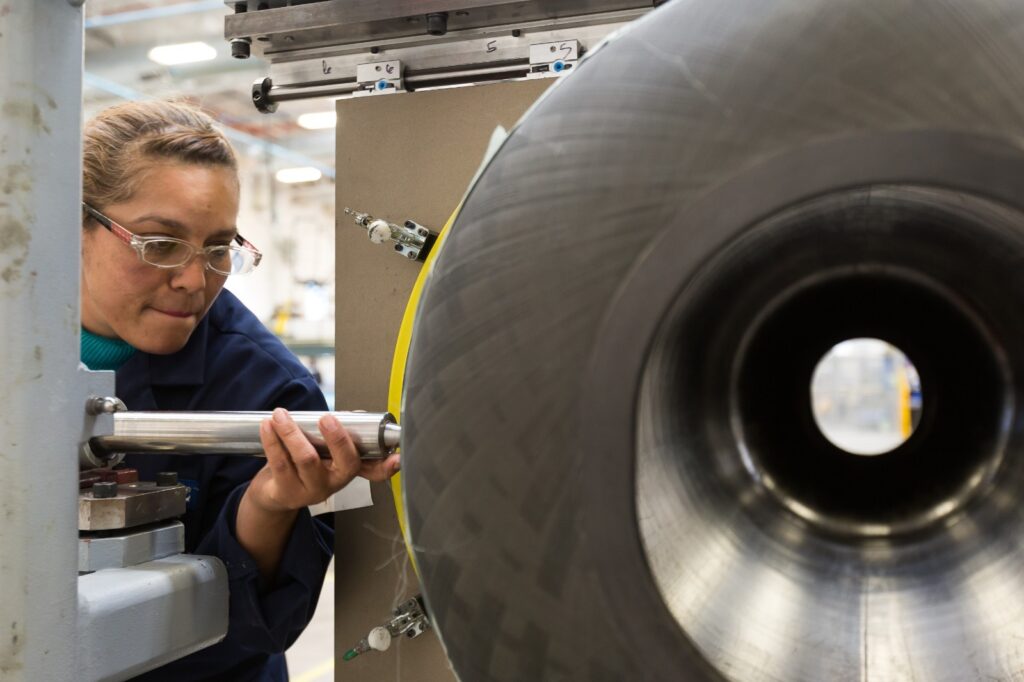Mexico‘s manufacturing exports grew at a year-on-year rate of 5.5% in the first quarter of 2025, to US$127.099 billion, according to Inegi data.
Considering full years, these shipments broke records in each of the last four years, reaching US$554 billion in 2024.
Of total Mexican foreign sales of products in 2024, Mexico’s manufacturing exports had a share of 89.2 percent.
Among others, Mexico’s foreign sales in this category include mostly automobiles, auto parts, electronic equipment, machinery and chemicals. Also noteworthy are medical instruments, aerospace products and processed foods such as beer and tequila. These mostly high value-added goods are mainly destined for the United States.
Mexico’s manufacturing exports
In February 2025, the Capacity Utilization Rate (CPU) in Mexico’s manufacturing industry was 81.60 percent. This indicator measures the actual use of installed production capacity. However, it showed a drop of 0.60 percentage points versus January. In addition, it fell 1 percentage point compared to February 2024. On the other hand, the current level is 1.90 percentage points lower than the historical high recorded in May 2023.
The following is the trend of Mexico’s manufacturing exports, in billions of dollars:
- 2018: 397.
- 2019: 411.
- 2020: 374.
- 2021: 436.
- 2022: 508.
- 2023: 529.
- 2024: 554.
- January-March 2024: 127.
- January-March 2025: 134.
Industrial integration with the United States
According to Banco de México, industrial production in the United States remained almost stagnant in 2024 for the second consecutive year. In the fourth quarter, it fell 0.3% quarter-over-quarter, affected by setbacks in manufacturing and electricity and gas generation. Mining, on the other hand, remained stable.
During October-December, manufacturing fell sharply, reversing previous gains. Transportation equipment fell due to lower automotive production. This weakness continued into January 2025, also affecting light and heavy vehicles. In addition, 11 of the 20 manufacturing subsectors without transportation equipment recorded declines. This low dynamism is explained by weak domestic demand and the slowdown in U.S. manufacturing, given its high integration with Mexico in regional chains.

